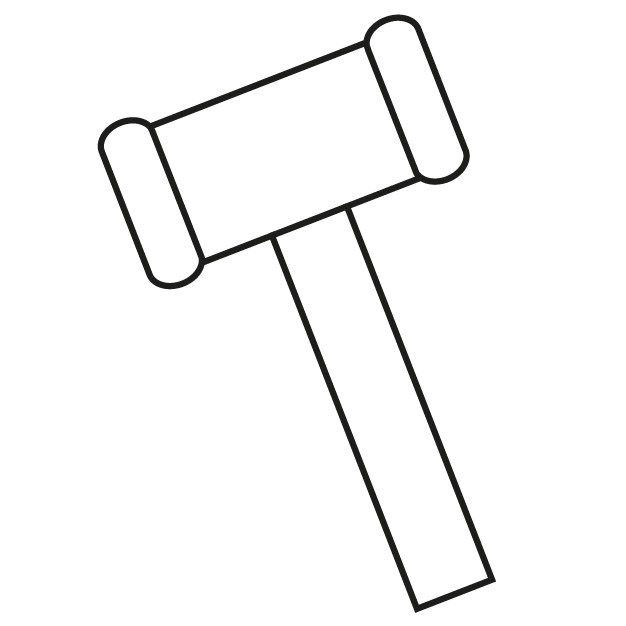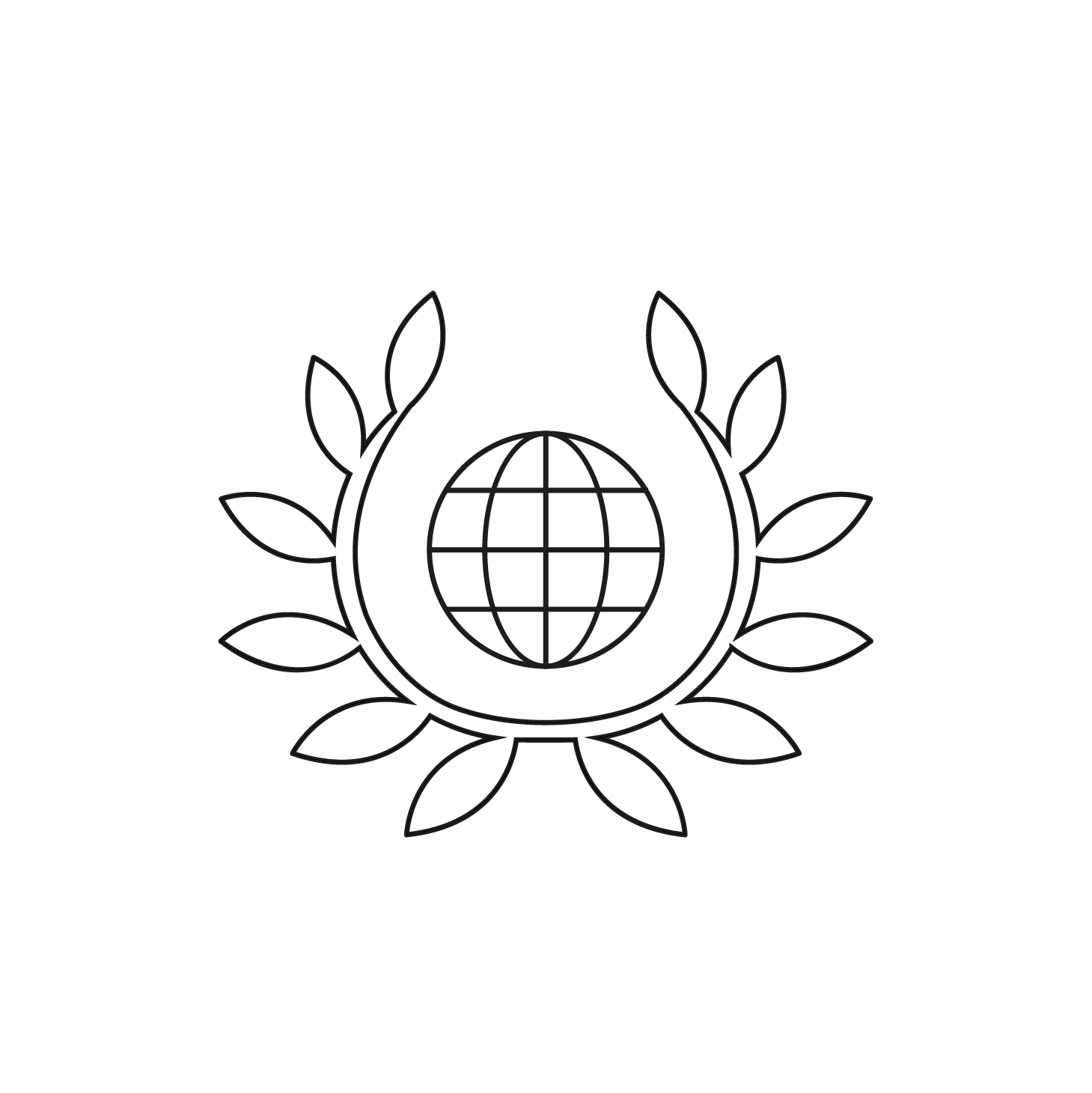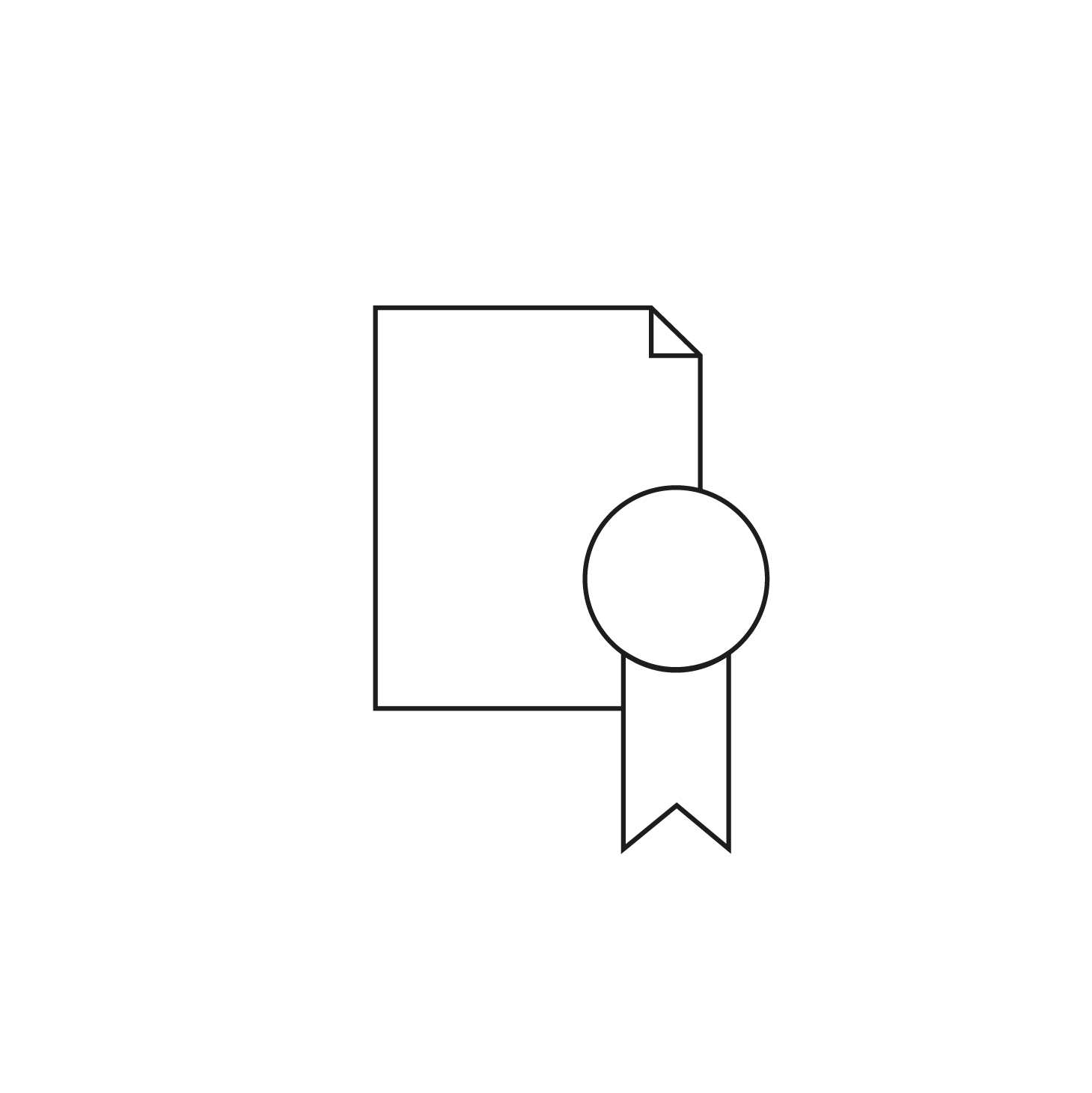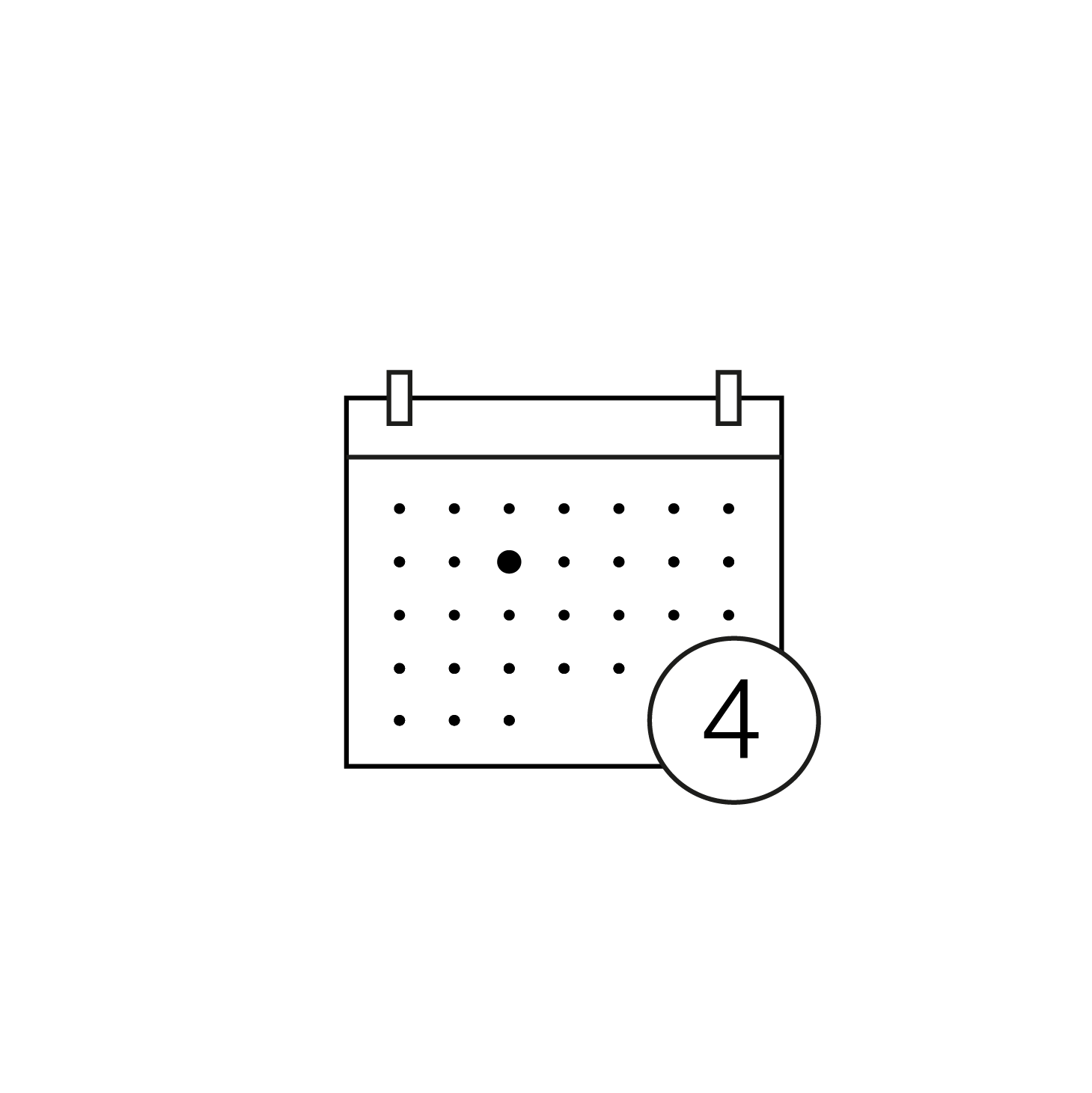In the 15th century, there was a growth in the wine trade in France. Unfortunately, many bottles of wine arrived ‘pricked’ and were therefore undrinkable. So some wine houses started to distil their wine in such a way that they could be sure that their wine would remain drinkable. This is how ‘brandy’, which actually means burnt wine, came about. In the 17th century the Dutch brought to the Charente the alembic, a revolutionary tool for distilling wine. In the 18th century, the English and the Dutch were inspired by the technique of ‘double distillation’ of certain Whiskies and used it for Cognacs. At the end of the 19th century, Napoleon signed an act of commerce between France and England, which considerably increased the export of Cognac to England, to the delight of the French Cognac houses. Unfortunately, this favourable climate for export will not last, since the vines of Cognac wines will be destroyed by insects called ‘Phylloxera’, it will resume at the beginning of the 20th century.
As far as Cognac itself is concerned, it is important to remember that Cognac was originally made from grapes! The main grape varieties used are Ugni blanc, Colombard and Folle blanche (white grape varieties). Cognac is mainly produced in the west of France, around the Charente, Charente Maritime, Dordogne and Deux Sèvres.
See more
Since 1936, Cognac has been an Appellation d’Origine Contrôlée (AOC).
We regularly offer bottles of Cognac during our ‘Wines & Spirits’ sales. If you are a Cognac lover, we advise you to come and have a look at our sales! If you would like to include Cognac in one of our sales, do not hesitate to contact Marion QUESNE, head of the Wines & Spirits department of the Aguttes study.







